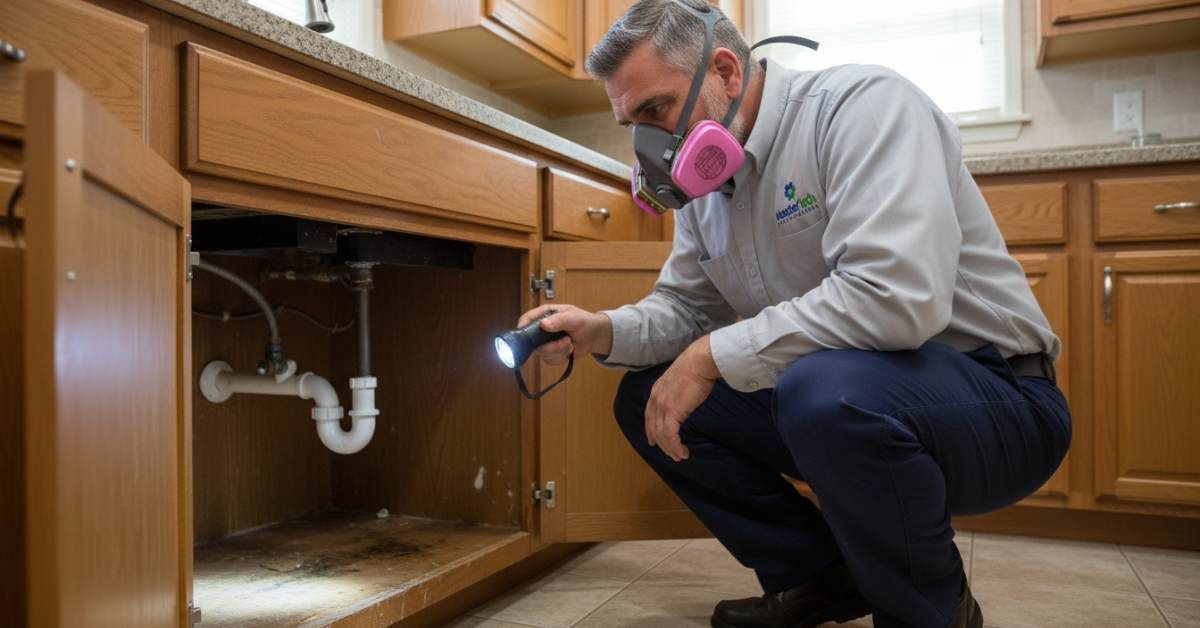The article explores the impact of brand identity on customer perception and buying behavior, emphasizing the importance of brand consistency, trust, engagement, and strategies to enhance brand identity and customer engagement, using a case study of Mastertech Franchise Systems as an example.
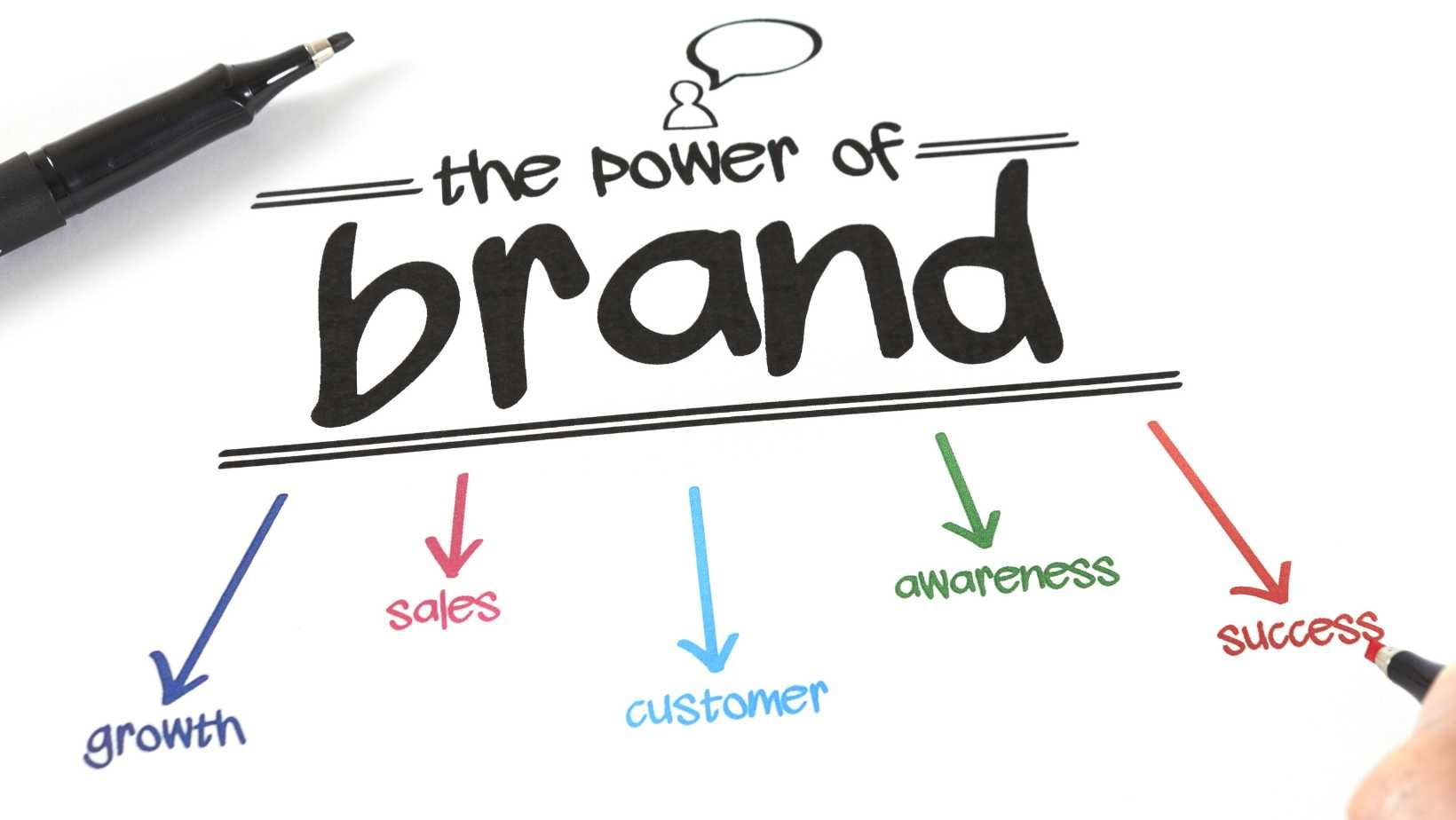
Introduction to Brand Identity's Influence on Customer Perception and Behavior
Brand identity is a multifaceted concept that encompasses visual elements, brand messaging, values, and personality, creating a unique brand image that helps customers differentiate between brands and make informed choices. By establishing a strong brand identity, businesses can stand out in competitive markets and connect with their target audience effectively. For example, luxury brands like Rolex and Mercedes-Benz have successfully leveraged their brand identities to convey prestige and exclusivity, influencing consumer perceptions and purchasing decisions.
Brand identity plays a crucial role in building brand recognition, trust, and loyalty among consumers. When customers resonate with a brand's identity, they are more likely to develop strong emotional connections and long-term relationships with the brand. Consider the example of Patagonia, a brand known for its commitment to environmental sustainability and social responsibility. By staying true to its core values and consistently delivering on its promises, Patagonia has cultivated a loyal customer base that values authenticity and ethical practices.
Additionally, brand identity serves as a key factor in shaping customer perceptions and influencing buying behavior. Companies like Apple and Coca-Cola have effectively used their brand identities to create emotional connections with consumers, leading to brand loyalty and advocacy. By understanding the impact of brand identity on customer perception and behavior, businesses can develop strategies to enhance their brand image and engage customers effectively.
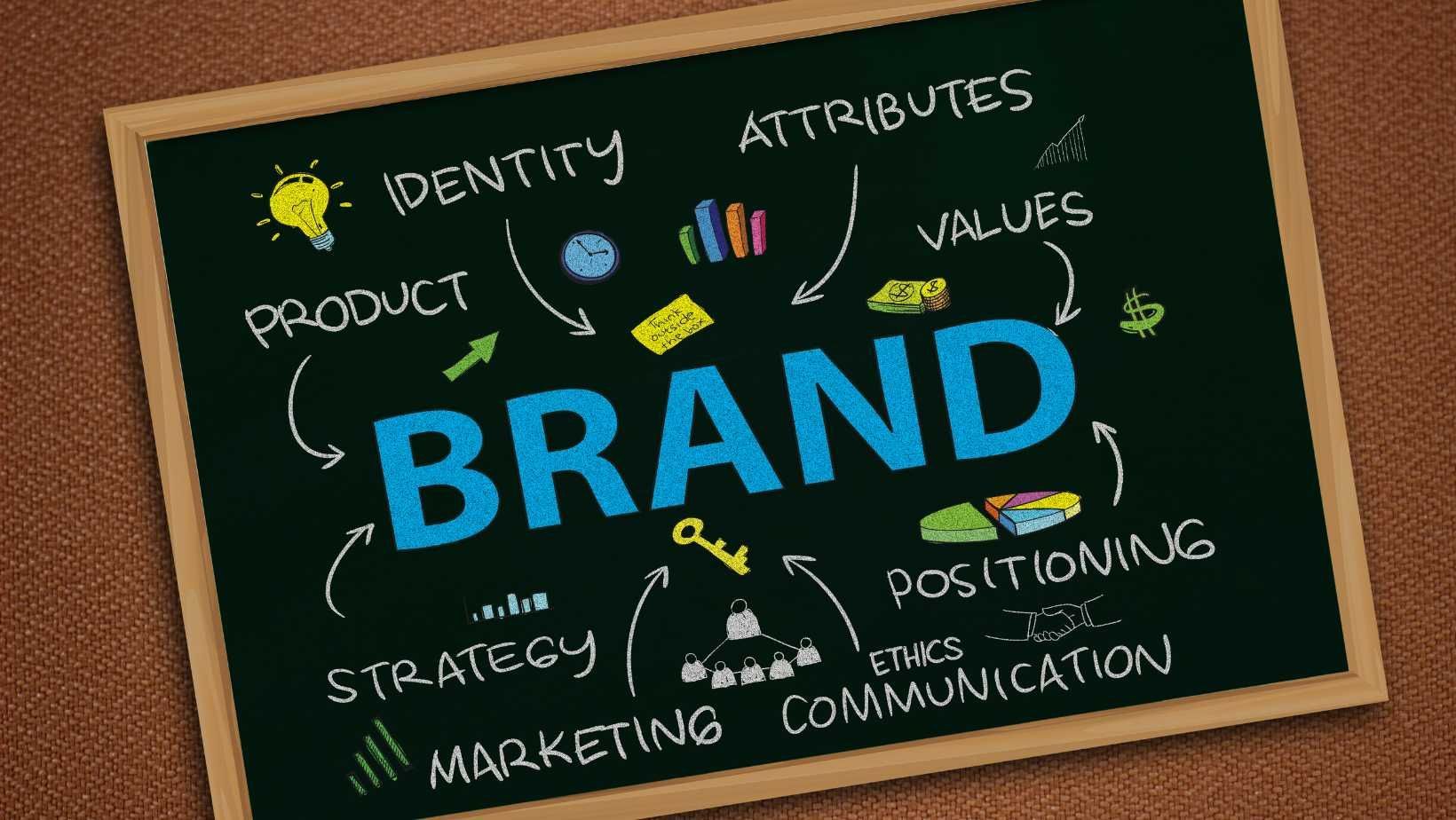
Understanding Customer Perception and Behavior
Customer perception is heavily influenced by brand identity, with brand recognition indicating how well customers can identify a brand by its attributes and messaging. Factors such as cultural, social, and personal preferences play a significant role in shaping consumer behavior. For instance, research has shown that branding affects consumer behavior by aligning with consumers' self-image and desires, impacting purchasing decisions and loyalty. By understanding how brand perception is shaped by emotions and interactions, businesses can tailor their branding strategies to resonate with their target audience effectively.
Customer behavior is a complex interplay of various elements, including psychological, social, and cultural factors. Brands that understand these dynamics can better anticipate and respond to consumer needs and preferences. For example, brands like Apple have mastered the art of creating products that not only meet functional requirements but also cater to consumers' emotional desires, leading to strong brand loyalty and repeat purchases. By delving deeper into the psychology of consumer behavior and perception, businesses can refine their brand strategies to drive customer engagement and loyalty.
Importance of Brand Consistency, Trust, and Engagement
Maintaining brand consistency across all touchpoints is essential for reinforcing brand values and building brand recognition. Trustworthy brands are more likely to attract and retain loyal customers who value transparency and reliability. For example, MasterTech Environmental, a trusted source for mold inspections and cleanup services, has built a strong reputation for professionalism and quality workmanship, earning the trust of customers and industry experts alike. This trust has been instrumental in driving customer satisfaction and loyalty, highlighting the importance of brand consistency and reliability.
Moreover, engaging customers through brand storytelling and personalized experiences can deepen brand loyalty and advocacy. Brands that go beyond traditional marketing tactics and create meaningful connections with their audience can foster long-lasting relationships. For instance, companies like Nike have successfully engaged customers through powerful storytelling campaigns that evoke emotions and inspire action. By tapping into the emotional resonance of their brand identity, Nike has cultivated a loyal following of customers who identify with the brand's values and mission.
Impact of Brand Positioning on Customer Decision-Making
Brand positioning plays a critical role in how a brand is perceived in the marketplace relative to competitors. Effective brand positioning helps customers understand a brand's unique value proposition and similar, and relevance. Strategic brand positioning can influence customers' purchase decisions, brand preference, and loyalty. For example, luxury brands like Chanel and Louis Vuitton have strategically positioned themselves as symbols of elegance and sophistication, catering to discerning consumers seeking exclusivity and status. This strategic positioning has enabled these brands to command premium prices and maintain a loyal customer base.
Brand positioning is not just about how a brand is perceived externally but also how it aligns with the internal values and goals of the organization. Companies that successfully align their brand positioning with their core values can create a coherent brand identity that resonates with customers and employees alike. For instance, companies like Google have positioned themselves as innovative and forward-thinking organizations, attracting top talent and loyal customers who appreciate their commitment to creativity and technology. By aligning brand positioning with organizational values, businesses can create a strong internal culture that reflects positively on their external brand image.
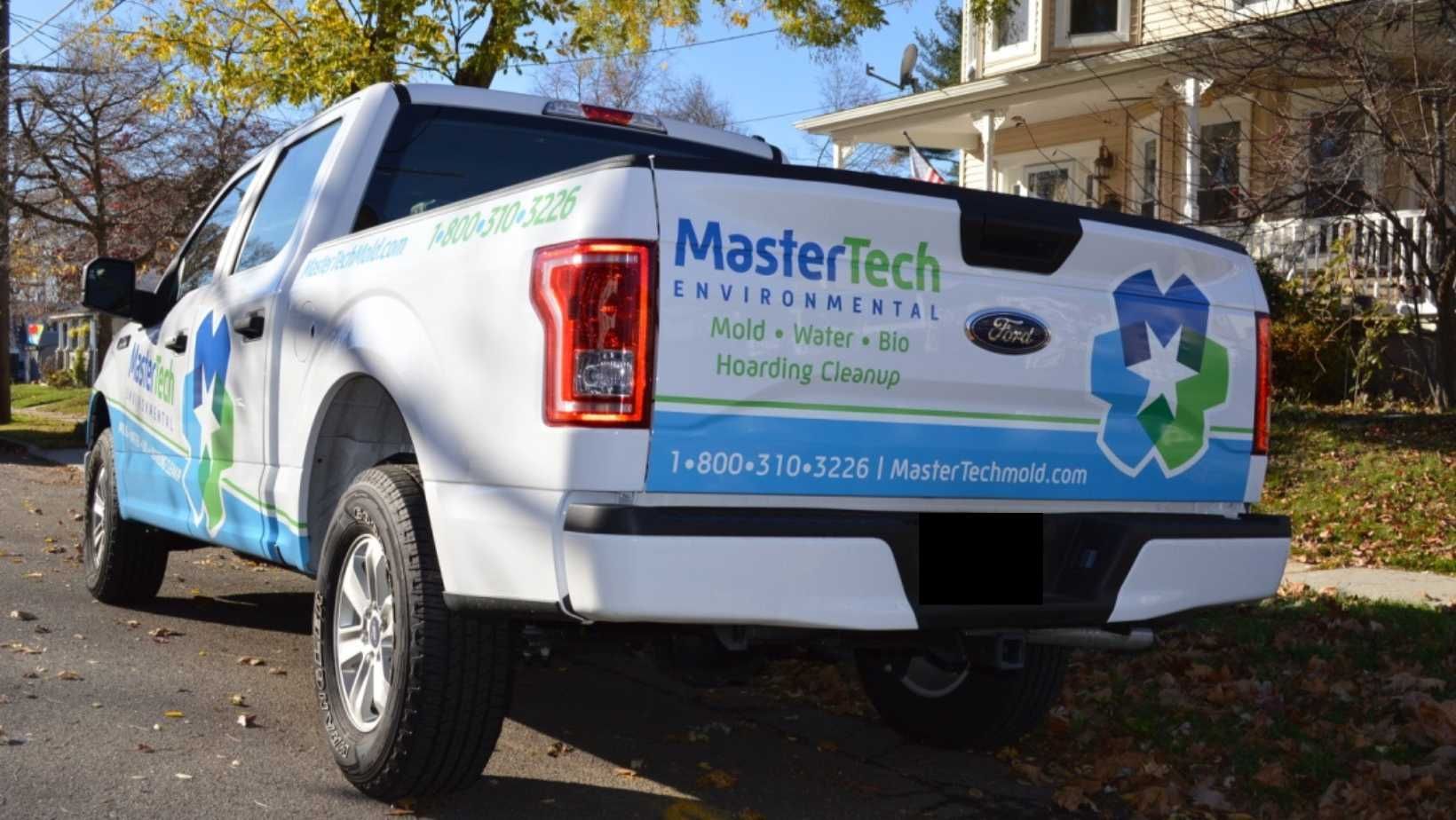
Strategies to Enhance Brand Identity and Customer Engagement
Developing a cohesive brand strategy that aligns with the brand's values and resonates with the target audience is essential for enhancing brand identity and customer engagement. By understanding consumer preferences and market trends, businesses can tailor their branding strategies to appeal to their target demographic effectively. Utilizing social media and digital marketing platforms to increase brand visibility and engagement with customers is another critical strategy for enhancing brand identity. For example, companies like Starbucks have successfully used social media to engage customers, share their brand story, and create personalized experiences that resonate with their audience.
Conducting market research and customer feedback surveys can provide valuable insights into consumer preferences and perceptions. By listening to customer feedback and adapting their brand strategies accordingly, businesses can strengthen their brand identity and loyalty. For instance, companies like Amazon regularly solicit customer feedback and use it to improve their products, services, and overall customer experience. This customer-centric approach has been instrumental in enhancing Amazon's brand reputation and driving customer loyalty.
To further enhance brand identity and customer engagement, businesses can explore partnerships and collaborations with influencers and brand ambassadors. By leveraging the reach and influence of these individuals, companies can expand their brand's visibility and credibility, reaching new audiences and driving customer engagement. For example, fashion brands like Adidas have successfully collaborated with athletes and celebrities to promote their products and connect with younger consumers. These partnerships have helped Adidas enhance its brand image and tap into new market segments effectively.
Case Study: Mastertech Franchise Systems and Brand Identity Impact
Mastertech Franchise Systems exemplifies the power of brand identity in shaping customer perceptions and driving business success. The company's brand identity focuses on professionalism, expertise, and quality service in the mold remediation and environmental cleanup industry, resonating with customers seeking reliable and trustworthy solutions. By consistently delivering on its brand promise and prioritizing customer satisfaction, Mastertech has established itself as a trusted service provider known for its commitment to safety and industry certifications. This focus on brand consistency and customer-centric values has not only differentiated Mastertech from its competitors but has also fostered strong customer loyalty and advocacy.
Mastertech's brand image as a leader in the industry has been reinforced by its positive reputation and market presence. The company's dedication to safety, certification, and customer satisfaction has earned it high praise from satisfied customers and industry experts alike. By leveraging its brand identity effectively, Mastertech has been able to engage customers, build long-lasting relationships, and drive business growth. This case study underscores the importance of brand identity in influencing customer perceptions, shaping buying behavior, and establishing a strong market position.
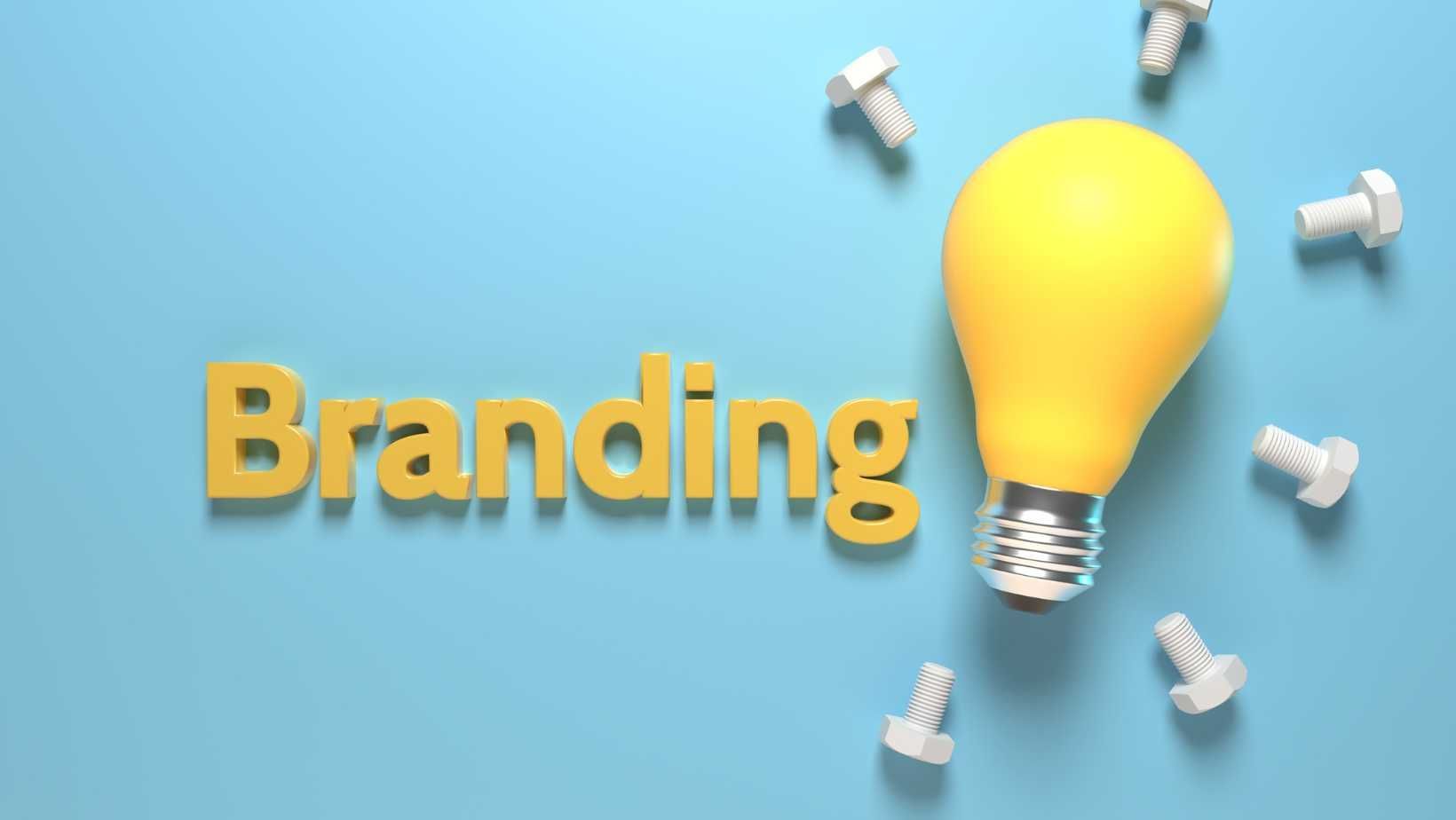
Leveraging Brand Equity, Authenticity, and Differentiation
Brand equity represents the value and strength of a brand based on consumer perceptions and associations. Luxury brands like Rolex and Mercedes-Benz have high brand equity due to their reputation for superior quality and craftsmanship, leading consumers to associate them with prestige and exclusivity. By investing in brand equity and consistently delivering on brand promise, companies can build a strong brand image and command customer loyalty and trust.
Authenticity is a key element of successful brand management, with authentic brands demonstrating honesty, transparency, and ethical practices in their interactions with customers. Brands like Patagonia have successfully leveraged authenticity to connect with environmentally conscious consumers and build a loyal customer base. By staying true to their core values and mission, authentic brands can create meaningful relationships with customers that go beyond transactional interactions.
Moreover, brand differentiation is essential for brands to stand out in a competitive marketplace. By highlighting their unique selling propositions and competitive advantages, brands can attract and retain customers who resonate with what sets them apart from competitors. For example, companies like Apple differentiate themselves through innovative product design, user-friendly interfaces, and a strong ecosystem of products and services. This emphasis on differentiation has enabled Apple to establish a distinct brand identity that appeals to tech-savvy consumers seeking cutting-edge technology and design.
To explore how businesses can leverage brand equity, authenticity, and differentiation to enhance their brand identity and engage customers effectively, visit Mastertech Franchise Systems for more insights.
The Key Role of Brand Identity in Customer Engagement
Brand identity plays a pivotal role in shaping customer perceptions, influencing buying behavior, and building long-lasting relationships with customers. By prioritizing brand identity and customer engagement strategies, businesses can differentiate themselves in competitive markets and drive growth. Companies that understand the impact of brand identity on customer behavior are better positioned to connect with their target audience, foster brand loyalty, and succeed in today's dynamic business landscape. To learn more about how Mastertech Franchise Systems leverages its brand identity to engage customers and drive business success, visit Mastertech Franchise Systems today.
Get in Touch
Contact Us
Don't be a stranger!
30 Broad St, Unit 7
Denville, New Jersey 07834


